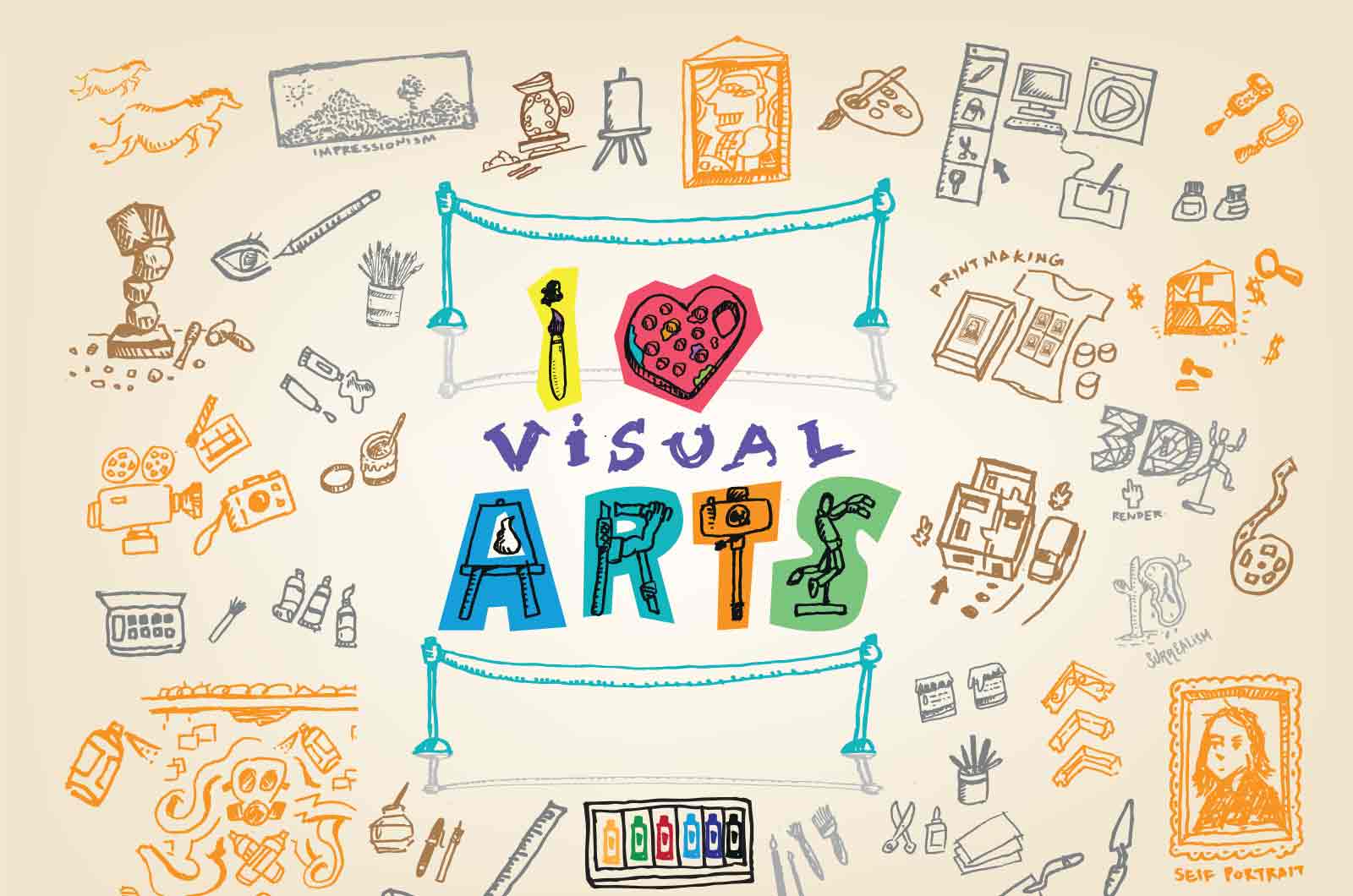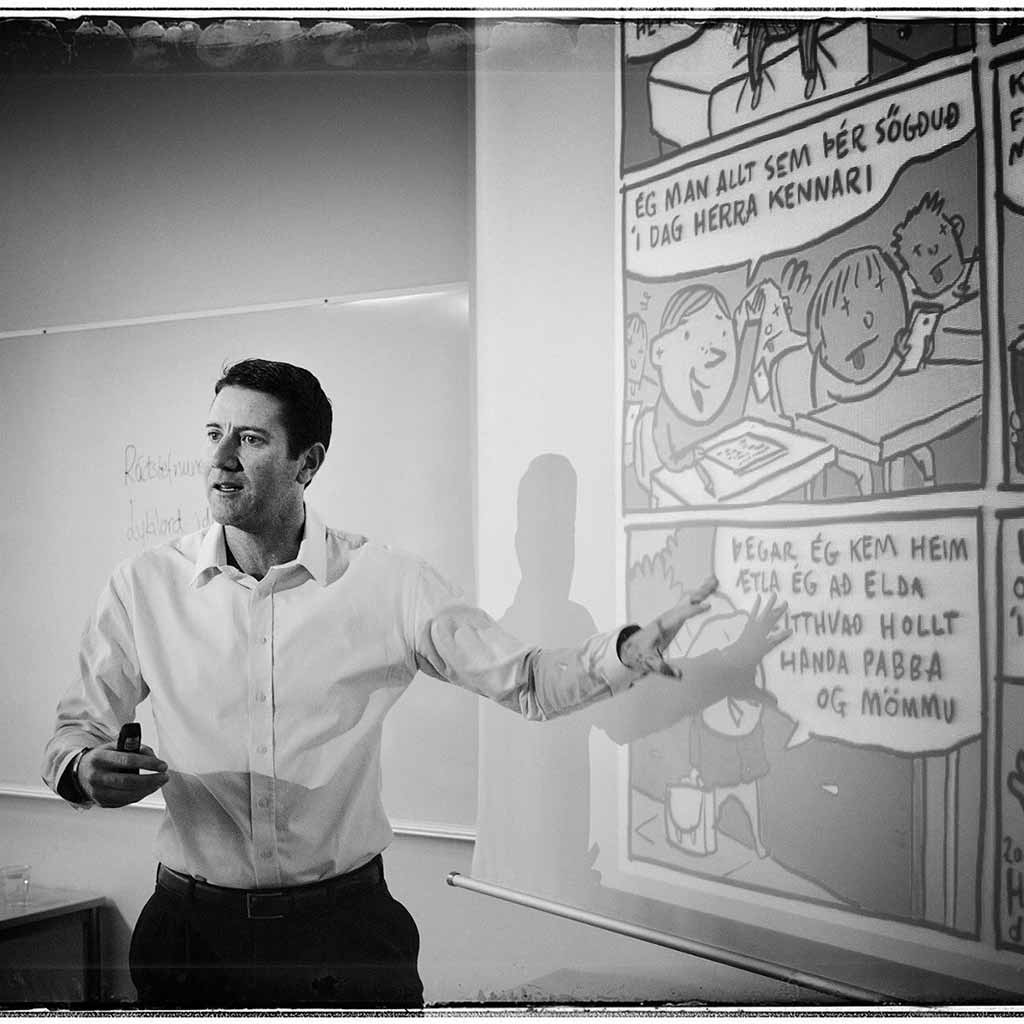 ESSAYS
ESSAYS

Amid a growing movement of early childhood educators seeking a shift away from overly structured learning experiences across all areas of curriculum, the Early Childhood Art Education Issues Group (ECAE) created a position paper on what constitutes quality visual arts education for young children.
Art: Essential for Early Learning describes eight principles that support the development of art programming and visual arts practice for young children. These principles cover children’s development and expression in visual art, and how to support specific early childhood visual art intentions.
Children’s development and expression in visual art
Principle 1: A child needs an organised, materials-rich environment that invites discovery, interaction, sensory and kinesthetic exploration, wonder, inquiry, and imagination
Art experiences take place in many different physical settings. In some instances, the spaces and materials are dismantled and put away until the next session. Given these diverse conditions and the understanding that children learn through direct experiences with materials and can be supported to develop skills through the use of materials, educators should consider the following in creating the physical environment for art experiences:
Principle 2: A child needs access to a wide variety of art media that support two- and three-dimensional expression
In early childhood art, sensory exploration and play are important means by which young children build vocabulary, both verbal and sensory, and master materials that would later be used to express ideas. When guiding the artistic development of young children who have yet to develop the capacity to set an intention and follow it through, educators should consider the following:
Principle 3: A child needs plenty of unhurried time, both structured and unstructured, to explore the sensory/kinesthetic properties of materials and to develop skills and concepts in re-presenting his or her experiences
Children build aptitude with art media through experience, long and leisurely experimentation, and repeated encounters with responsive materials. Therefore, care must be taken in selecting materials that offer substantial sensory, aesthetic, and conceptual possibilities. The considerations below apply when planning art explorations for young children:
How to support specific early childhood visual art intentions
Principle 4: A child needs a responsive educator who values young children’s diverse abilities, interests, questions, ideas, and cultural experiences, including popular culture
When young children gather, they share a culture of childhood often drawn from their experiences of being children in a world of traditional practices and popular media. This shared culture reflects the interests that preoccupy them and fuels their spoken narratives, eventually becoming inscribed in their increasingly complex art. As such, educators should consider these factors in their response to popular culture in art education:
Principle 5: A child needs a responsive educator who can support appropriate development of skills, use, and care of materials
A responsive educator engaged in a “pedagogy of listening” is able to fully and intentionally listen to children, moving beyond the usual ways of responding in a normal conversation. This extended listening is especially crucial for educators to be able to carefully and thoughtfully intervene in young children’s artmaking, as the points below illustrate:
Principle 6: A child needs a responsive educator who understands and supports the unique ways that young children represent their thoughts, feelings, and perceptions through actual, virtual, and experimental media and processes
Principle 7: A child needs a responsive educator who supports the multiple ways that young children create meaning through conversation, storytelling, sensory-kinesthetic exploration, play, dramatics, song, and artmaking
Principles 6 and 7 are an understanding of individual and small groups of children’s specific intentions with multiple media and modes of knowing, unknowing, creating, and re-creating. In a pedagogical space, understanding specific intentions may happen in multi-modal (e.g., singing while drawing) or discrete ways (e.g., making a photographic series). With the belief that children wish and seek to make meaning in multi-modal ways that connect and reconnect while producing and reproducing children’s worlds, responsive educators should factor in the following:
Principle 8: A child needs a responsive educator who carefully observes, listens to, and reflects upon children’s learning, using multiple forms of documentation and assessment
Documentation is integral to a pedagogy of listening in the art education of young children, as it records experiences from the perspectives of multiple participants, including children, educators, leaders, school partners, and families. Responsive educators should take note of the following points in the pursuit of extended and visible listening:
This article was first published in the online journal of Routledge under the title Arts and Education Policy Review.





